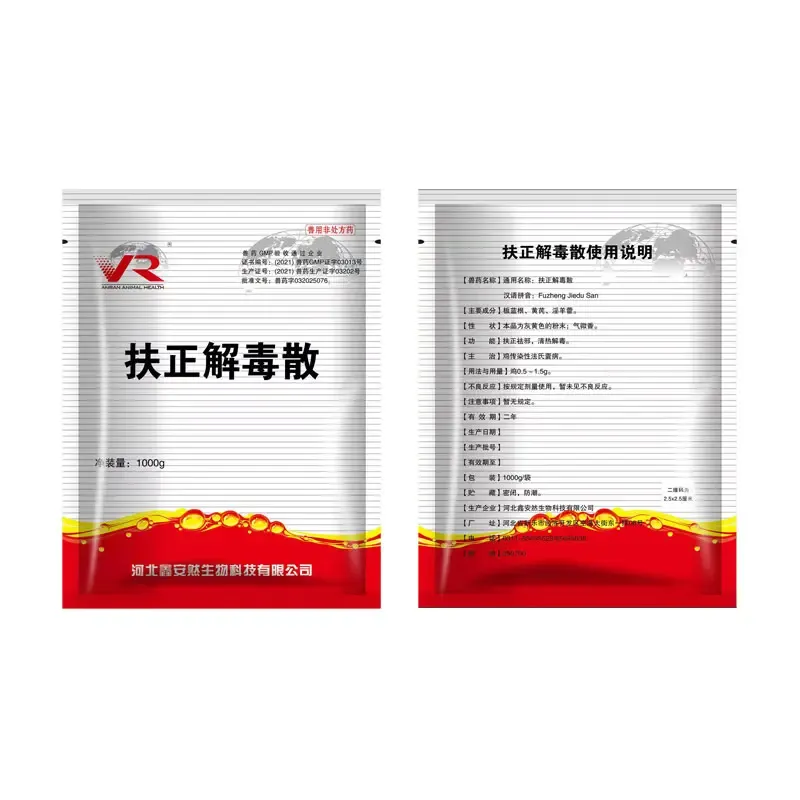- Afrikaans
- Albanian
- Amharic
- Arabic
- Armenian
- Azerbaijani
- Basque
- Belarusian
- Bengali
- Bosnian
- Bulgarian
- Catalan
- Cebuano
- Corsican
- Croatian
- Czech
- Danish
- Dutch
- English
- Esperanto
- Estonian
- Finnish
- French
- Frisian
- Galician
- Georgian
- German
- Greek
- Gujarati
- Haitian Creole
- hausa
- hawaiian
- Hebrew
- Hindi
- Miao
- Hungarian
- Icelandic
- igbo
- Indonesian
- irish
- Italian
- Japanese
- Javanese
- Kannada
- kazakh
- Khmer
- Rwandese
- Korean
- Kurdish
- Kyrgyz
- Lao
- Latin
- Latvian
- Lithuanian
- Luxembourgish
- Macedonian
- Malgashi
- Malay
- Malayalam
- Maltese
- Maori
- Marathi
- Mongolian
- Myanmar
- Nepali
- Norwegian
- Norwegian
- Occitan
- Pashto
- Persian
- Polish
- Portuguese
- Punjabi
- Romanian
- Russian
- Samoan
- Scottish Gaelic
- Serbian
- Sesotho
- Shona
- Sindhi
- Sinhala
- Slovak
- Slovenian
- Somali
- Spanish
- Sundanese
- Swahili
- Swedish
- Tagalog
- Tajik
- Tamil
- Tatar
- Telugu
- Thai
- Turkish
- Turkmen
- Ukrainian
- Urdu
- Uighur
- Uzbek
- Vietnamese
- Welsh
- Bantu
- Yiddish
- Yoruba
- Zulu
Nov . 09, 2024 20:20 Back to list
Tylosin Powder Dosage Guidelines for Treating Chickens Effectively and Safely
Tylosin Powder Dosage for Chickens A Comprehensive Guide
Tylosin is an antibiotic used widely in veterinary medicine, particularly in the poultry industry, due to its effectiveness against various bacterial infections. It is commonly utilized to treat diseases caused by Mycoplasma, which can lead to respiratory issues and other significant health problems in chickens. Understanding the appropriate dosage of tylosin for chickens is essential for ensuring their health and maintaining optimal productivity in poultry farming.
What is Tylosin?
Tylosin is a macrolide antibiotic derived from the fermentation of the bacterium *Streptomyces fradiae*. It works by inhibiting bacterial protein synthesis, which helps in controlling infections caused by certain gram-positive bacteria and some gram-negative organisms. In chickens, tylosin is particularly effective against mycoplasmas, which are a leading cause of respiratory disease in poultry.
Indications for Use
Tylosin is primarily indicated for the treatment of respiratory diseases in chickens, such as Mycoplasma gallisepticum infection. It may also be used to address other bacterial infections that could compromise the health of the flock. Farmers often use tylosin as a preventive measure during stressful times such as vaccination, transportation, or changes in the environment, when chickens may be more susceptible to infections.
Recommended Dosage
The appropriate dosage of tylosin for chickens can vary based on the type of infection being treated and the specific product formulation. Typically, the recommended dosage for tylosin powder is around 100 to 200 mg per liter of drinking water. This translates to approximately 2 to 4 grams of tylosin powder per 1000 liters of water. It is vital to follow the manufacturer’s instructions or a veterinarian's guidance to ensure the correct dosage, as overly high doses can lead to adverse effects.
For treating specific infections, tylosin may be administered as follows - For Mycoplasma infections A dose of 200 mg per liter of drinking water for a duration of 3 to 5 days may be recommended. - Preventive treatments A lower dose of 100 mg per liter can be given during stressful periods.
It’s essential to ensure that all chickens in the flock consume the medicated water to achieve the desired therapeutic effect.
tylosin powder dosage for chickens

Administration Guidelines
When administering tylosin to chickens, several best practices can enhance its effectiveness
1. Water Intake Monitoring Ensure that the chickens are drinking enough water. If the flock is reluctant to drink or the water consumption is low, the treatment may not be effective. In such cases, alternative methods like mixing tylosin in feed might be considered, but this should only be done under veterinary guidance. 2. Consistency Administer tylosin consistently for the full course recommended. Stopping treatment prematurely can lead to a resurgence of the infection and the development of antibiotic-resistant bacteria.
3. Hygiene and Health Management Maintain good biosecurity practices and a clean environment to support the chickens' overall health and minimize the risk of infection.
Side Effects and Precautions
While tylosin is generally safe for chickens when used correctly, some birds may experience side effects such as gastrointestinal disturbances. Observing the flock for any adverse reactions is crucial. If any severe side effects are noted, such as lethargy or unusual behavior, contact a veterinarian immediately.
Additionally, tylosin should not be used in layers during the egg-laying period unless specified by a veterinarian, as it can affect egg quality and safety for human consumption.
Conclusion
Tylosin powder is a vital tool in poultry health management, particularly for controlling respiratory diseases caused by Mycoplasma. Understanding the correct dosage and administration is crucial for effective treatment and prevention of infections. Always consult a veterinarian for personalized recommendations that consider the specific health needs of your flock, thereby ensuring their well-being and productivity in a successful poultry operation.
-
Guide to Oxytetracycline Injection
NewsMar.27,2025
-
Guide to Colistin Sulphate
NewsMar.27,2025
-
Gentamicin Sulfate: Uses, Price, And Key Information
NewsMar.27,2025
-
Enrofloxacin Injection: Uses, Price, And Supplier Information
NewsMar.27,2025
-
Dexamethasone Sodium Phosphate Injection: Uses, Price, And Key Information
NewsMar.27,2025
-
Albendazole Tablet: Uses, Dosage, Cost, And Key Information
NewsMar.27,2025













